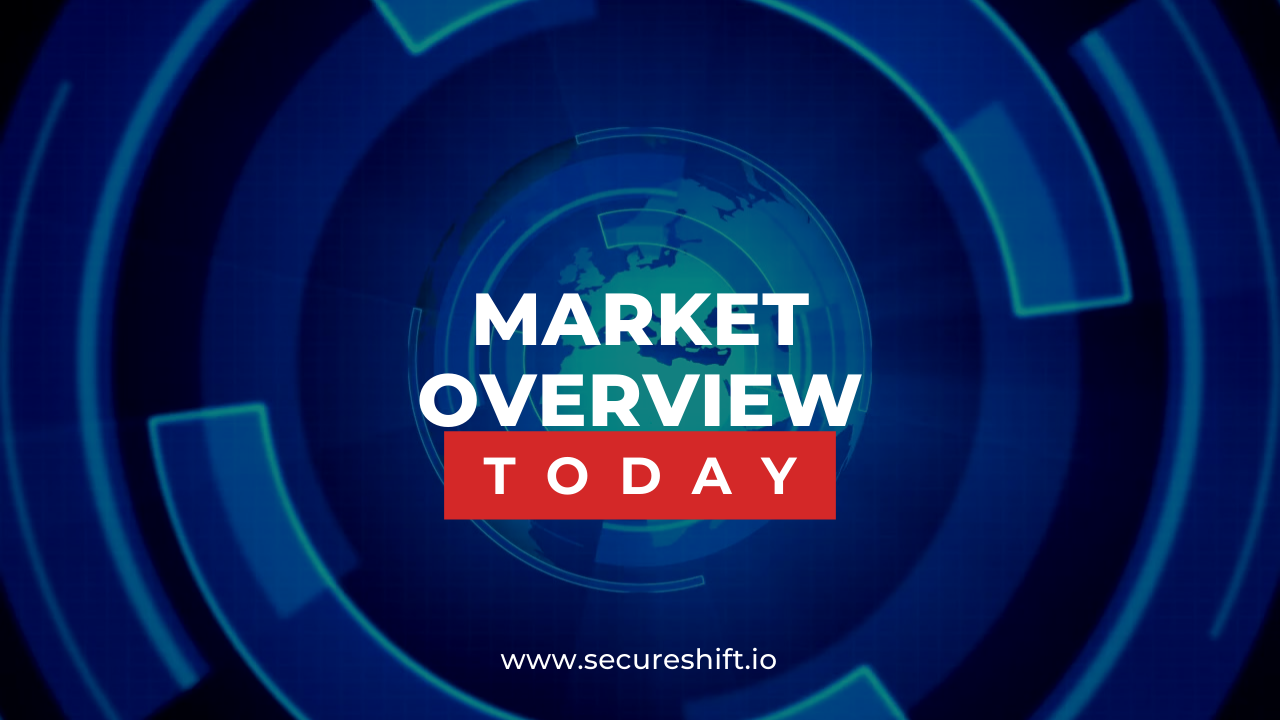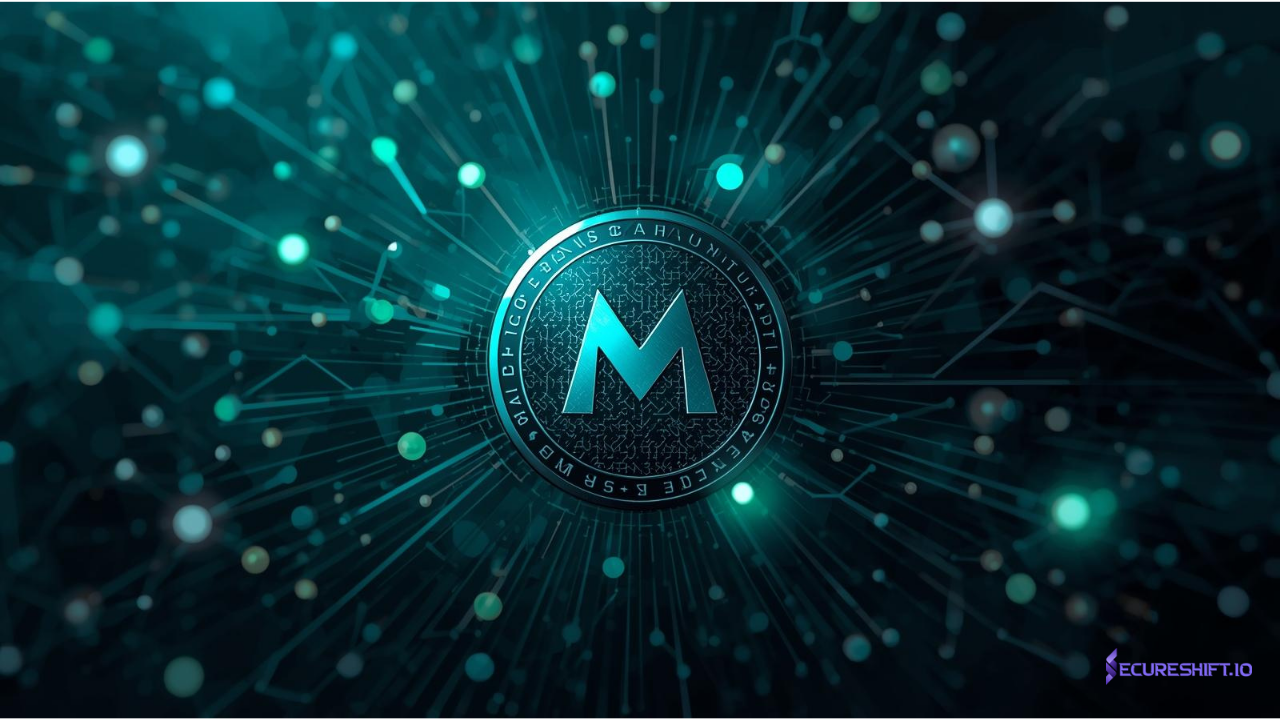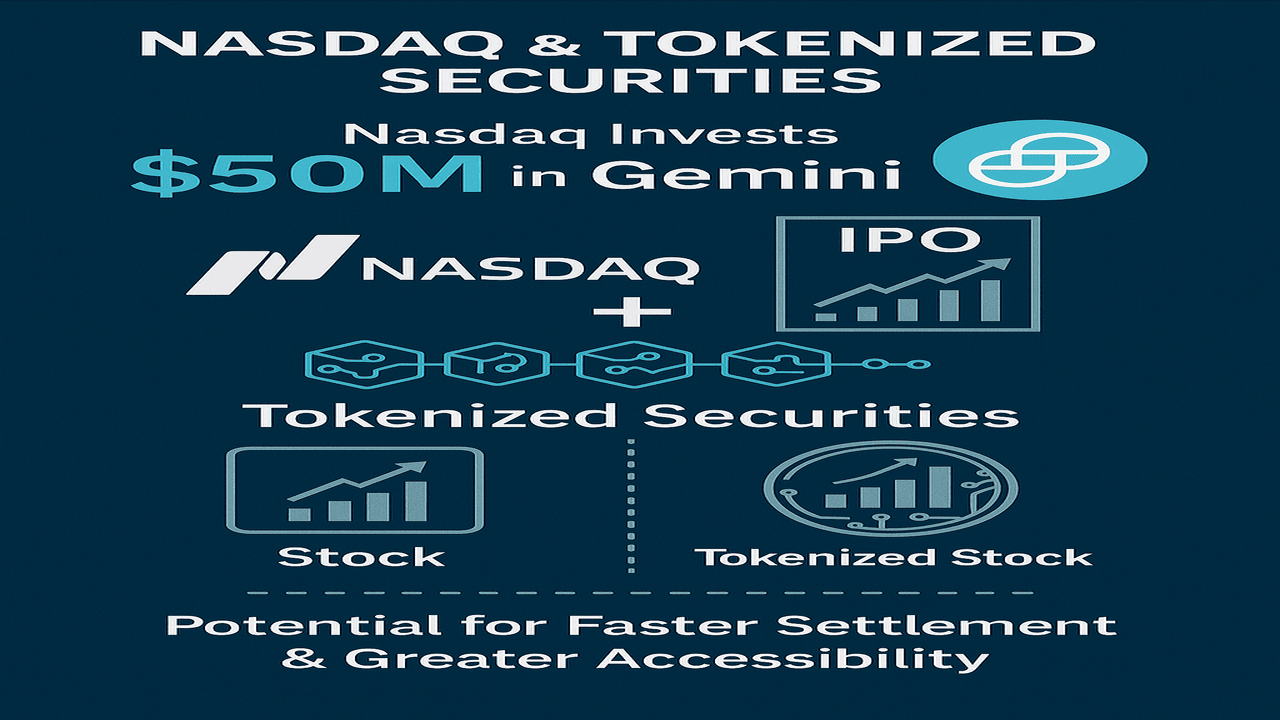-1752224240.png)
How to Mine Dogecoin Effectively: Success Strategies and Resources
Dogecoin may have become a meme due to its humorous beginnings, but its mining ecology has developed into something much more significant. In contrast to more intricate cryptocurrencies, Dogecoin provides a reasonably easy way for anyone to begin mining without compromising actual potential.
Table of Contents
However, mining effectively requires more than simply plugging in hardware and crossing your fingers. Although there may be less obstacles to admission, how well you handle the specifics will determine your level of success. That is precisely what this tutorial is meant to assist with. Whether you're new to this field or improving your existing setup, it combines the key ideas, resources, and tactics for efficient Dogecoin mining. With the correct strategy, mining Dogecoin can provide significant long-term returns in addition to a practical method to interact with the cryptocurrency community.
How to Understand Dogecoin Mining
Fundamentally, Dogecoin mining is how new Dogecoins are made and, perhaps more importantly, how the whole Dogecoin blockchain is kept in great shape. You can think of miners as digital bookkeepers and accountants. To solve very difficult math questions, they use special computer hardware and software made just for Dogecoin mining. This work isn't just for fun; it's essential to the "Proof of Work" system, which is an autonomous way to reach a decision that keeps the whole network safe.
Every time a miner answers one of these difficult problems, they have properly checked a block of transactions. Then, these verified blocks are added to the blockchain, which is a public record of every Dogecoin transaction ever made. They are added in a way that can't be changed: in order.
When you compare Dogecoin to other cryptocurrencies, one of the most interesting things about it is that its mining process was purposely made to use fewer resources, making it easier for more people to join. Its creative ability to combine mining with Litecoin makes it even easier for people to use. With this clever approach, miners can use their computers to help both the Dogecoin and Litecoin networks at the same time. This isn't just a smart trick; it's a brilliant way to make the best use of resources, which makes both blockchains much safer and more reliable overall. It really is a win-win situation.
How to Pick the Right Hardware
If you want to get serious about Dogecoin mining, you need to make some important choices right away. One of the most important is what tools you will use. It's not just about specs or price tags; the gear you choose will affect everything, from how much it costs to set up to how well it works in the long run. ASIC miners and GPUs are the two main ways to get there. Every one has pros and cons, and the best one for you will rely on your goals, budget, and level of flexibility. Now is the time to learn about these changes because it will save you a lot of money and trouble later on.
CPUs vs. GPUs for mining
Picking out your tools is one of the first important steps in mining Dogecoin. It's not enough to just look at what's available or what fits your budget. You also need to think about how efficient, long-lasting, and profitable your setup can be in the long run. When it comes to mining, most people have to choose between ASICs and GPUs.
One thing that ASICs, or Application-Specific Integrated Circuits, are made to do is mine crypto. That focus shows up in raw power and how well things work. They have high hash rates and use less power than general-purpose hardware, which makes them the best choice for people who want the most performance.
Having said that, this power is not cheap. For starters, ASICs cost a lot of money, and they're not very adjustable. It's not possible to use an ASIC for much else after it stops being useful for mining. It works well and is very strong, but only if your goals are clear.
GPUs, on the other hand, offer something different: adaptability. They aren't as fast as ASICs at mining Dogecoin, but they can be used for a lot of different things, which makes them a good choice for people who aren't sure about mining yet.
Still, if you want to use GPUs to mine Dogecoin seriously, one card probably won't be enough. To keep up with the competition, you'll need a system with more than one GPU, which isn't cheap. Besides the hardware costs, these rigs can use a lot of power, which can make your energy bills go up quickly. GPUs give you more options than ASICs, but they also come with some problems: they cost more up front, they use more power, and they need a little more care and attention to keep going smoothly.
What Hardware Should You Buy in 2025?
For people whose only goal in 2025 is to make as much money as possible from mining Dogecoin, ASIC miners are still without a doubt the best option. A good general rule is to keep a close eye on Bitmain's Antminer series, even though the exact models and their supply change based on the market and new technologies. In this area, too, businesses like Goldshell keep putting out cool things.
When you are thinking about what to buy, you should focus on models that have high hash rates and don't use a lot of power. That's not all. It's also about finding the right balance between how much you spend on capital up front and how much you plan to spend on things like your energy bill over time. It's a pretty standard problem in business optimization. Also, here's some very important advice: always, always look at independent benchmarks and real-world speed tests. Manufacturer specifications are a good place to start, but verification by a third party gives you a much more true picture of what to expect in terms of how well it works and how well it functions.
picking the right mining software
The program you pick for mining can make or break your unit. Your tools, operating system, and how involved you want to be all play a role in what works best. Some tools, like CGMiner, are very useful but need some technical know-how to use. CudaMiner works best with Nvidia GPUs, while EasyMiner has a basic interface that is better for beginners.
Find software that works with your hardware and is simple to use. A clear screen can help a lot if you're new to mining. You should also give top priority to features that let you mine in pools, watch your performance in real time (hash rate, temperatures, and fan speeds), and combine mining with Litecoin.
Choose stable, well-supported software that fits your needs. There is no one-size-fits-all answer, but it will save you time and possibly a few headaches in the long run.
Strategies for Making the Most Money
You need more than good tools to make Dogecoin mining more than just a hobby. You also need a plan. If you want to make money, you'll have to think about more than just the basics.
First, think about the pros and cons of mining alone vs. joining a mining pool. Most miners find that sharing resources makes their profits more stable. Another ongoing cost is power, which is one of the biggest. It can make a difference to keep track of how much energy you use and mine during off-peak hours if you can. Also, don't forget to tune the gear. By changing things like the clock speed and the amount of power you use, you can get better performance without damaging your setup or your power bill. To sum up, mining smart is just as important as mining hard.
Joining Mining Pools vs. Mining Alone
Whether you join a mining pool or mine alone is a very important choice that relies on your resources and how comfortable you are with risk. This is how to think about it:
Mining pools basically let a lot of individual miners work together to do more work. This collection makes it a lot more likely that the pool as a whole will solve a puzzle and get rewarded. After that, these benefits are split evenly among the pool members based on how much they contributed (their share of the total hash rate). Most solo miners, especially those with average hash rates, will get more consistent, if smaller, payouts if they join a pool. In the beginning of my mining career, I almost always used pools, and I found that this method gave me stable, reliable, if small, gains. It gave them faith and a steady flow of Dogecoin, which was very encouraging.
When you go solo mining, you try to solve blocks without any help from a mining pool. If you succeed, you get to keep the whole block reward, which is a big award. But what are the odds? They're very thin, which is a problem if your setup doesn't have a lot of hash power.
For most individual miners, the chances of getting a block are very small. It is a risky strategy that works best for people who run big businesses with lots of ASICs and enough money to last through long dry spells. It's like playing the lottery: if you win, you'll get a lot of money, but the odds are against you.
Doing your homework is very important, whether you choose to work alone or with a group. A well-thought-out plan can mean the difference between how far you get in mining.
In conclusion
You should know a lot about the subject, but don't be afraid to try new things and improve your method as you gain experience. The Dogecoin group is known for being welcoming and friendly, and everyone in it really wants its members to do well. You'll be well on your way to contributing to the network and maybe even making some digital bones along the way if you follow the rules and tips in this piece. Have fun digging!



